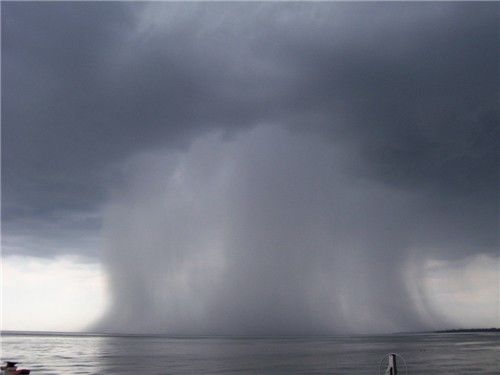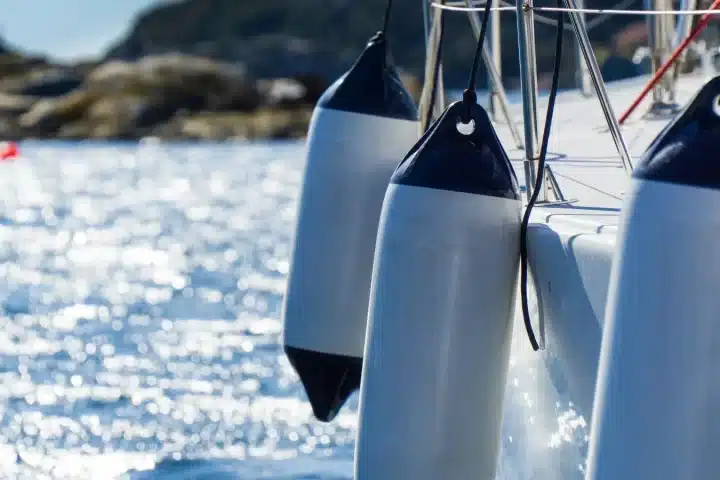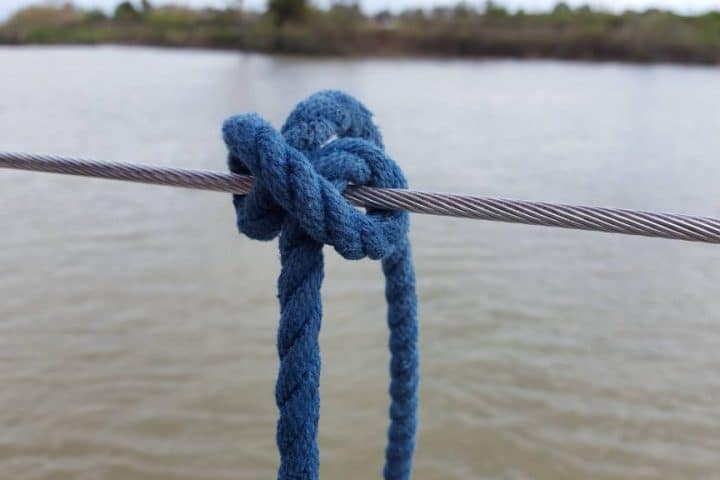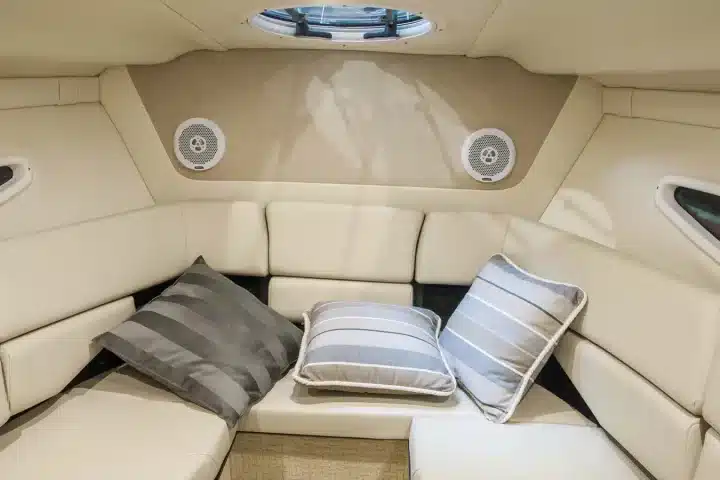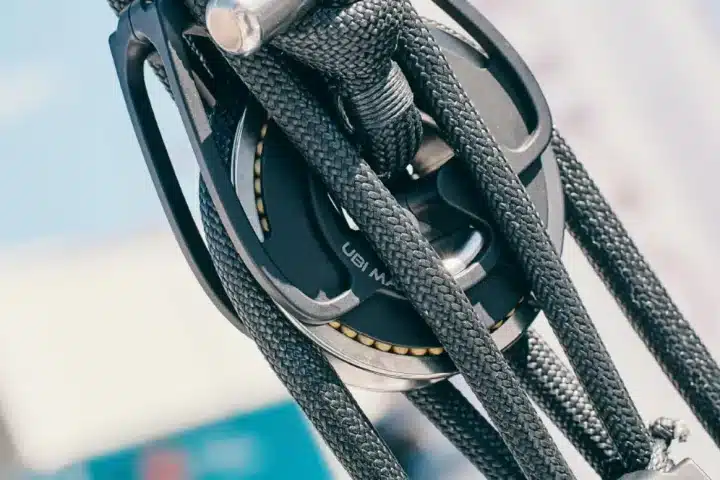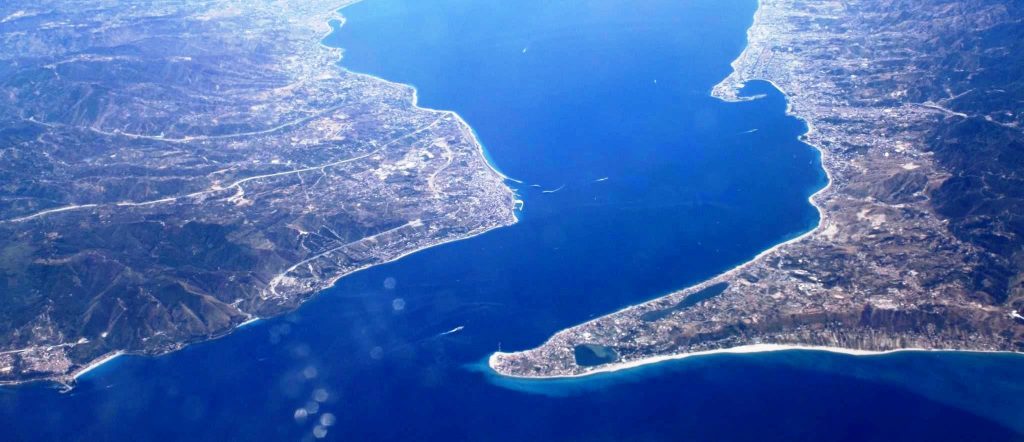Leggi l’articolo in italiano
Just few minutes ago we travelled in calm. Then, a light breeze starts to blow and it obliges us to lift our sails. Behind us, a big cloud grows faster and faster. The wind is producing a cumulus cloud. Then, the calm again; but after only few minutes, growing gusts (up to 40 knots), rain and low visibility hit us: we are inside what people call a “squall”.
The episode, we lived in the Gulf of Naples before arriving to Sorrento, is typical of summer afternoons, when warm air masses meet an elevation, raise and, by condensing, they cause strong storms. But it is not a privilege for those who sail in summer, because these squalls can occur also in winter. They always have the same features: strong winds, rain and lightnings.
Actually, a storm squall, as you can see in the picture above, is a little different in summer. Usually, it is larger than ones associated to cold fronts and it tends to last more because it continues to be fed by the warm air entering into the cumulus cloud and overlooking the cold descending air. Only when the ascending current finish, the storm is near the end. In any case, what can we do if we see a growing squall? First of all, we have to recognise the situation and understand the signal Nature shows clearly.
As we have seen, in the first phase, the first senses to be stimulated are sight and touch.
We can in fact observe the vertical development of a cloud, which comes darker and darker and takes the form of an anvil; at the same time, we can touch, in the sense that we can perceive, the wind blowing towards the squall’s basis. Something is ready to happen.
So, a sudden calm. It is what happens few minutes before the squall rages. This is the third important signal. If we have not done it yet, and we should have done it, it is necessary to prepare ourselves fast.
The squall has already absorbed energy. At sea level, the air has been sucked into the squall, while, when the squall saturated, we have perceived a total calm (picture 1 and 2).
This calm is produced by the strong descending currents inside the cumulus cloud; they block the ascending currents for some minutes, then they climb down to the sea level in a very violent way. They are often accompanied by heavy rain and low visibility (pictures 3 and 4).
What does getting ready mean? First of all, it is better to start when we recognise the first phases of its formation. The first thing to do is to reduce or even haul sails down. So, the person who gained the shift on the cockpit (the captain, of course), has to put boots and raincoat on immediately. The squall can last ten minutes or even some hours and it can reduce temperature, even in summer.
So, whether you use a sailing boat or a motorboat, all sky lights and the porthole must be closed because the squall is accompanied by heavy rain.
Finally, it is recommended to go away the coast and put out to sea, where the cumulus cloud will tend to exhaust. Vice versa, approaching to the coast, where the cloud has been generated, means to expose the boat to very strong gusts.
If you sail on a small motorboat or a rubber boat, the matter is different. If you don’t have the possibility to reach a harbour before the strongest manifestations of the phenomenon, you can consider the possibility to beach.
In any case, be careful: don’t try to moor while these phenomena occur. It is too dangerous. Rather, wait and enter into the harbour only when the situation gets calm.
In the case of spring or winter squall, you should preview its direction. Generally, it moves about 20 degrees leftwards compared to the surface wind direction. In the picture above, you can see that if the boat wants avoid supports, it must leave by bearing away starboard with the sheets on the left. If, on the contrary, it is taking part to a race and it wants to exploit gusts, it will be obliged to change direction and bring sheets starboard. For cruise passengers, the best solution consists in trying to take the most violent squalls seated in the café.
